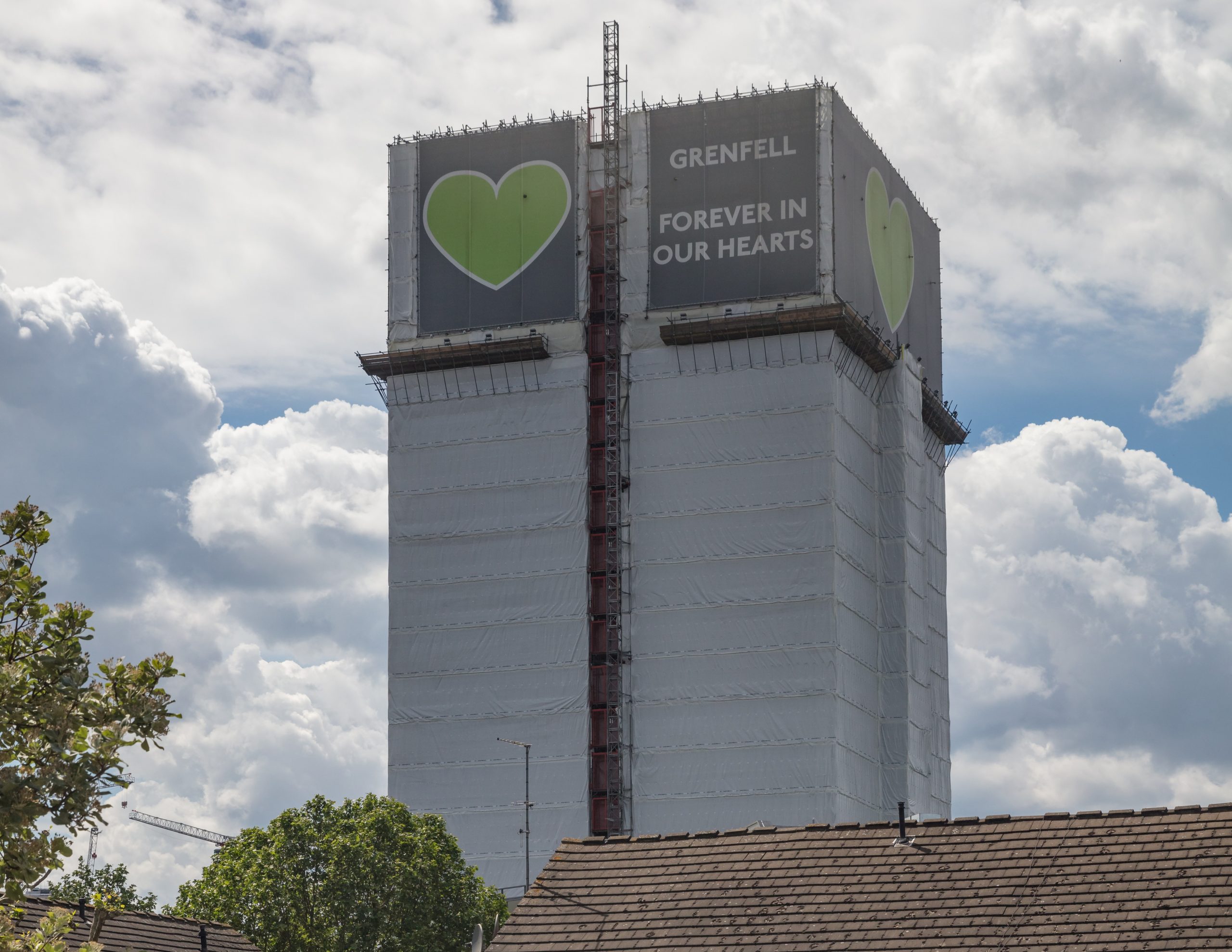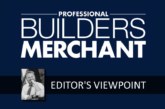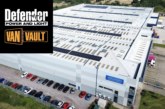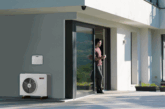
The Grenfell Tower Inquiry has published its second and final report into the circumstances leading up to and surrounding the fire at Grenfell Tower in the early hours of 14 June 2017, outlining a number of key recommendations for the construction industry.
The publication of the Phase 2 report marks the end of a process that began on 15 June 2017 when then Prime Minister Theresa May announced a public inquiry to examine the disaster with a view to ensuring that a similar disaster could never occur again. The fire at Grenfell Tower was the worst residential fire in the UK since the Second World War and resulted in the deaths of 72 people.
Phase 2 of the Inquiry examined the underlying causes of the fire to identify where mistakes were made and how Grenfell Tower came to be in a condition which allowed the fire to spread in the way identified by Phase 1. It also investigated the response of the authorities to the emergency.
“Put simply, if you work in the construction industry and you do not feel the weight of the responsibility you have for keeping people safe – you are in the wrong job.”
Thouria Istephan, Grenfell Tower Inquiry Panel member and architect
Inquiry Chairman the Rt Hon Sir Martin Moore-Bick outlined that the “deaths that occurred were all avoidable” and that “those who lived in Grenfell Tower were badly failed over a number of years by those who were responsible for ensuring the safety of its occupants.”
Sir Martin continued: “They include the government, the Tenant Management Organisation, the Royal
Borough of Kensington and Chelsea, those who manufactured and supplied the materials used in the refurbishment, those who certified their suitability for use on high-rise residential buildings, the architect, Studio E, the principal contractor, Rydon Maintenance Ltd, and some of its sub-contractors, in particular, Harley Curtain Wall Ltd and its successor Harley Facades Ltd, some of the consultants, in particular the fire engineer, Exova Warringtonfire Ltd, the local authority’s building control
department and the London Fire Brigade.”
Sir Martin went on to explain that while not all of them bear the same degree of responsibility for the eventual disaster, “all contributed to it in one way or another, in most cases through incompetence but in some cases through dishonesty and greed.”
Panel member and architect Thouria Istephan, who spent nearly 30 years as an architect before joining the Inquiry in 2020, said: “Our report identifies what we think is needed to make sure that the legacy of Grenfell is real and brings about lasting change. Our recommendations place new burdens and responsibilities on people and organisations.”
Ms Istephan continued: “I make no apologies for that: put simply, if you work in the construction industry and you do not feel the weight of the responsibility you have for keeping people safe – you are in the wrong job.”
Recommendations put forward by the Inquiry panel include:
Bringing responsibility for all aspects of fire safety under one government Department;
The appointment of a construction regulator to oversee all aspects of the construction industry;
The establishment of a body of professional fire engineers, properly regulated and with protected status and the introduction of mandatory fire safety strategies for higher-risk buildings;
A licensing scheme for contractors wishing to undertake the construction or refurbishment of higher-risk buildings;
The regulation and mandatory accreditation of fire risk assessors;
The establishment of a College of Fire and Rescue to provide practical, educational and managerial training to fire and rescue services;
The introduction of a requirement for the government to maintain a publicly accessible record of recommendations made by select committees, coroners and public inquiries, describing the steps taken in response or its reasons for declining to implement them.
For more information on the Grenfell Tower Inquiry and to read the Phase 2 report, visit www.grenfelltowerinquiry.org.uk
Image credit: Michael Evans – stock.adobe.com










